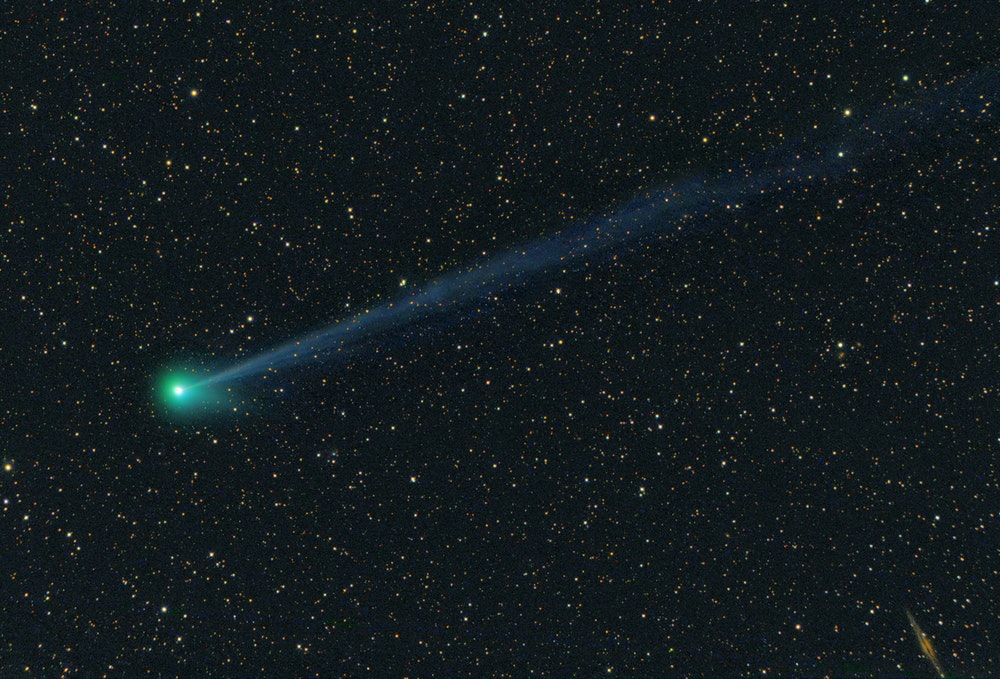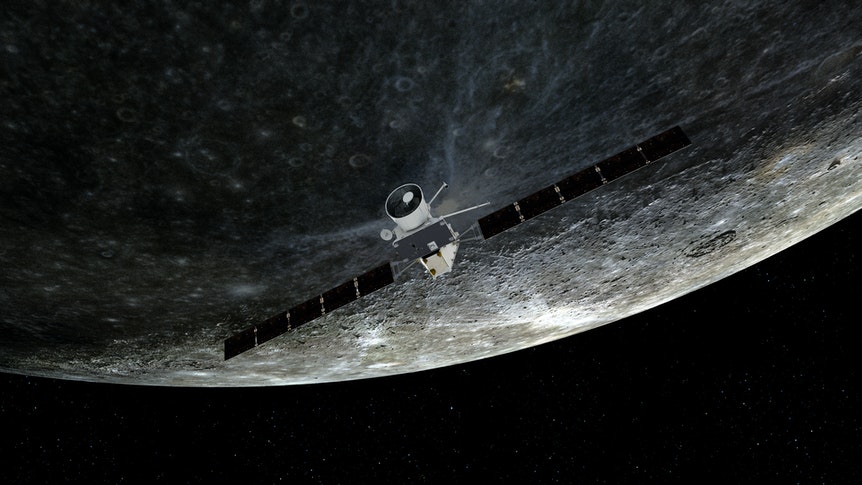
Copyright: picture alliance / dpa
A new space object has been discovered: Object 2005 QN137. The photo shows the McNaught 2009 R1 tail star, taken on June 9, 2010.
A mysterious celestial body has been discovered. The object cannot be clearly assigned to a comet or an asteroid, but it appears to be a cross between the two – and this raises many questions.
Arizona. Comet or asteroid? Henry Hsieh of the Planetary Science Institute in Tucson, Arizona has made a mysterious discovery: a space object with features of both asteroids and comets has been discovered in our solar system.
The news portal reported on this “theaktuellenews.com” first.
The mysterious object is called a “hybrid” or “intersection” of a comet and an asteroid, but was originally named “2005 QN137”. Scientists are working hard to provide more clarity and closely examine the asteroid-comet hybrid.
The mysterious intersection of an asteroid and a comet
The space object is located in the asteroid belt of our solar system – as the name implies, this is where the largest group of asteroids occurs. The belt is located between the planetary orbits of Mars and Jupiter.
What is striking about the 2005 QN137 object, however, is that its movements differ from those of other asteroids and that it appears to have a long tail.
A hybrid of a comet and an asteroid
Object 2005 QN137 has a thin, straight tail made of dust and gas, which is characteristic of comets, but in this case it is not enough for a clear classification, that is, it does not contain enough ice.
“It can be considered both an asteroid and a comet, more precisely a main belt asteroid that was recently recognized as a comet. It corresponds to the physical definitions of a comet in that it is likely to be icy and expel dust into space, although it also contains orbiting an asteroid,” Hsieh said out loud.theaktuellenews.comThe scientist had spoken at a press conference at the 53rd annual meeting of the Division of Planetary Sciences of the American Astronomical Society.
Previously, it was assumed that asteroids and comets were two completely different types of things. The discovery of the object 2005 QN137 raises some questions.
These are the characteristics of the 2005 QN137
Scientists estimate the tail to be more than 450,000 miles long (about 724,205 kilometres) – it would be a trip to the moon and back again. In addition, the body has a solid core about two miles in diameter at its tip.
By contrast, the width of its tail – its width is only about 1,400 kilometers. Scientists at the Planetary Science Institute concluded from this that dust particles from 2005 QN137 were floating away from the core at extremely slow speeds, and that the flow of gas leaking from a comet (which normally carries dust from a comet into space) is extremely weak.

Copyright: picture alliance / dpa / ESA / ATG Medialab
Artist’s impression of the “BepiColombo” flyby of Mercury on October 1, 2021.
Extremely fast rotation can be very useful here, as it can throw dust into space – because it is usually difficult for dust to escape the gravitational pull of the core itself.
Scientists continue to monitor the object 2005 QN137
In 2006, Hsieh and David Jewett discovered a new type of solar system object, the main comet belt. It has the characteristics of the orbit of asteroids with the physical characteristics of comets.
However, further observations of the 2005 QN137 object are necessary to confirm the tachycardia and other theses. (say)

“Total coffee aficionado. Travel buff. Music ninja. Bacon nerd. Beeraholic.”







More Stories
Coral Seeding: Artificial Insemination Makes Coral More Heat Tolerant
Fear, Anger, and Denial: How People Respond to Climate Change – Research
LKH Graz: Using radiation to combat heart arrhythmias